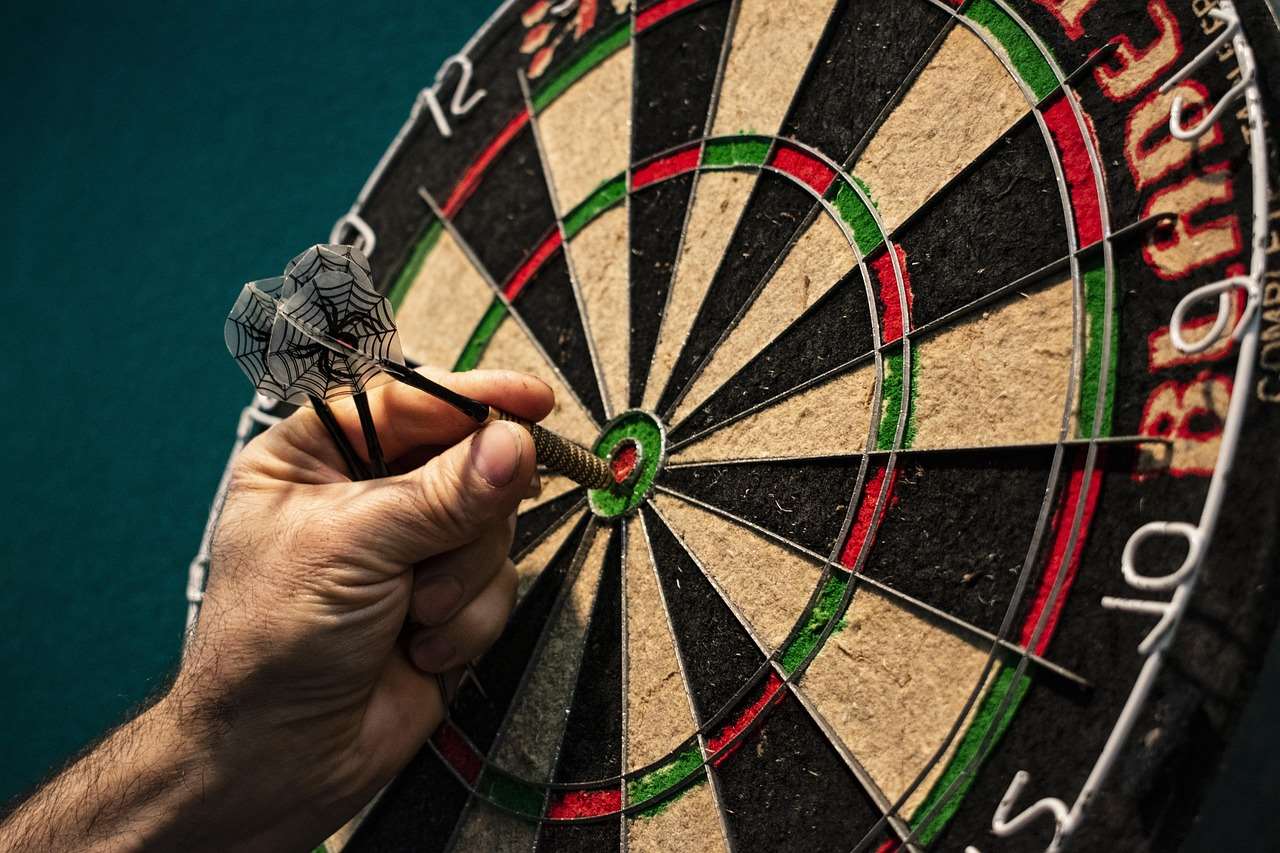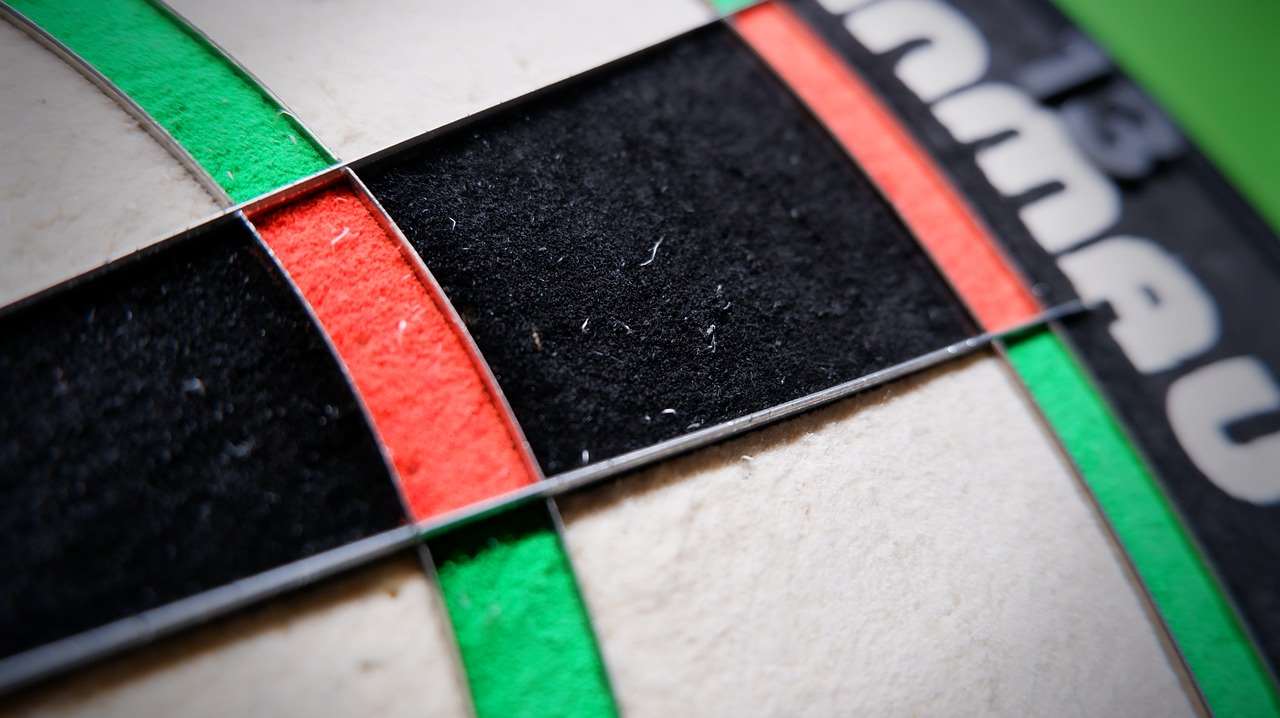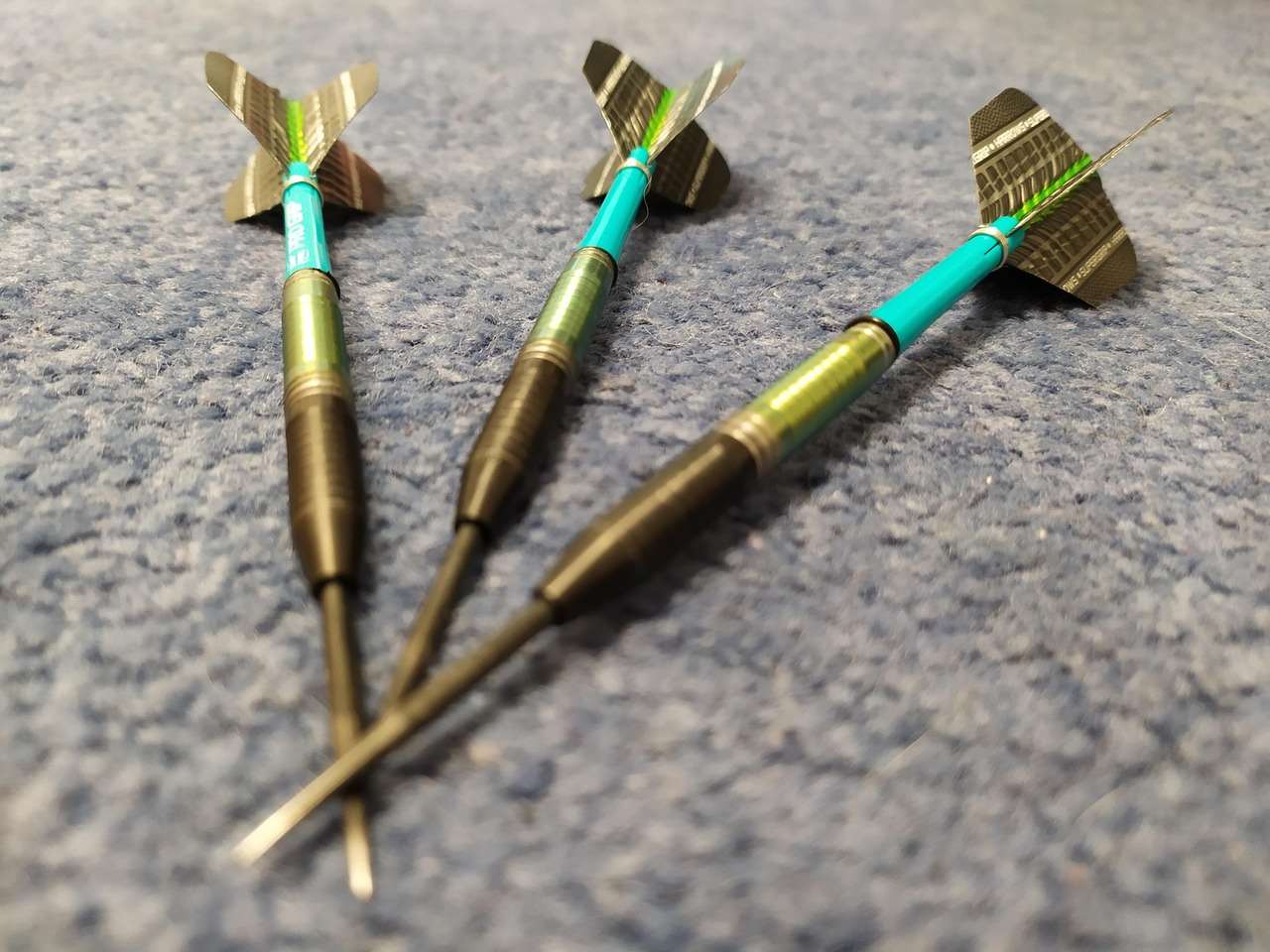In darts, a “match dart” is the final dart a player throws to win a leg or match. Understanding the nuances of defining ‘match dart’ terminology is crucial for both spectators and players, as it represents the culmination of skill and strategy. This article will explore the various aspects of a match dart, its significance, and the pressures associated with it.
⚠️ Still Using Pen & Paper (or a Chalkboard)?! ⚠️
Step into the future! The Dart Counter App handles all the scoring, suggests checkouts, and tracks your stats automatically. It's easier than you think!
Try the Smart Dart Counter App FREE!Ready for an upgrade? Click above!
Understanding the Core Definition of a Match Dart
At its most basic, a match dart, sometimes also referred to as a game dart or a winning dart, signifies the last dart needed to reduce a player’s score to zero (or the required double/bullseye to finish, depending on the game variant, as explained when Adapting darts rules for beginners). However, the term encompasses more than just the physical act of throwing that final dart. It embodies the pressure, the strategy, and the often-dramatic conclusion to a game or match.
The significance of a match dart extends beyond simply winning. It’s about demonstrating composure under pressure and executing the skills honed through countless hours of practice. The mental game becomes just as important, if not more so, than the physical throw itself.

Consider the context: A player may have been dominating the entire game, but the match dart is where everything can change. A missed double, a stray throw, and the advantage can quickly swing to the opponent. This uncertainty adds to the excitement and drama that makes darts such a compelling sport.
Key Elements in Defining ‘Match Dart’ Terminology
Several key elements contribute to defining ‘match dart’ terminology effectively. These include the game format, the specific finishing rules, and the overall match context. Let’s break these down:
Game Format
The game format drastically impacts the nature of the match dart. In a standard 501 game, the player must finish on a double or the bullseye. This means the final dart must land in a double segment or the bullseye to secure victory. However, in other dart game variations, such as ‘Around the Clock’, the match dart might simply be hitting the final number required to complete the circuit. The game format dictates the target and, therefore, the pressure associated with that final throw. Knowing the Basic Darts Fundamentals for Beginners are crucial here.
Finishing Rules
The finishing rules determine the valid ways to end a leg or match. As mentioned, the most common rule is requiring a double or bullseye to finish. But there are variations. For example, some informal games might allow finishing on any number. Understanding these rules is fundamental. Some leagues might introduce alternative darts rules for home play that change finishing requirements.
Match Context
The match context plays a significant role in the perceived pressure of a match dart. A final dart in a local pub game might feel different from a final dart in a professional championship final in front of thousands of spectators and a global television audience. The stakes, the crowd, and the overall atmosphere all contribute to the mental pressure. The pressure affects not only the player’s performance but also the spectator’s experience.

The Psychology of the Match Dart
The psychology surrounding the match dart is arguably as important as the technical aspects of throwing. The mental pressure can be immense, leading to what is sometimes called “dartitis,” a form of performance anxiety that can affect even the most seasoned professionals. Here are some psychological factors at play:
- Pressure: The weight of expectation, both from oneself and from others, can be overwhelming.
- Nerves: Increased heart rate, sweaty palms, and trembling hands are common physical manifestations of the pressure.
- Focus: Maintaining focus and concentration under pressure is critical. Distractions can easily derail even the most skilled player.
- Visualization: Many players use visualization techniques to mentally rehearse the throw and increase their confidence.
Mastering these aspects is essential for improving dart proficiency and overall mental fortitude. It is important to work on managing pressure so you can execute your shots when it truly matters.
Strategies for Conquering the Match Dart
While there’s no guaranteed method for sinking every match dart, several strategies can improve a player’s chances of success:
- Practice Under Pressure: Simulate match conditions during practice sessions to get used to the feeling of pressure. This involves playing against opponents, setting specific targets, and imposing penalties for missed throws.
- Develop a Pre-Throw Routine: A consistent pre-throw routine helps to calm nerves and maintain focus. This routine might involve specific breathing techniques, stance adjustments, or visual cues.
- Visualize Success: Mentally rehearse the throw, picturing the dart hitting the target. This visualization technique can boost confidence and reduce anxiety.
- Focus on the Process, Not the Outcome: Instead of fixating on winning or losing, concentrate on the mechanics of the throw. This helps to minimize distractions and maintain focus.
- Learn from Mistakes: Analyze missed match darts to identify areas for improvement. Don’t dwell on the failure; instead, use it as a learning opportunity.

Related Dart Terminology
Understanding related dart terminology enhances the comprehension of what a match dart entails. Here are a few related terms:
- Checkout: The combination of darts required to finish a leg or match. The match dart is the final dart in the checkout.
- Double Out: A requirement to finish the game on a double number. The match dart must land on a double segment.
- Bullseye: The center of the dartboard, often worth 50 points, and a valid way to finish a leg or match.
- Leg: A single game within a match. The match dart wins the leg.
- Set: A group of legs within a match.
- Match: The overall competition between two players or teams.
Advanced Strategies Around the Match Dart
Beyond the basics, there are advanced strategies that can be employed when facing a match dart situation. These strategies often involve calculated risk-taking and an understanding of the opponent’s tendencies. Some of these strategies include:
- Strategic Scoring: Before even reaching the match dart scenario, players may strategically arrange their scores in anticipation of a more favourable double or bullseye finish.
- Targeting Outside the Comfort Zone: Skilled players might occasionally aim for an unconventional target to leave a more desirable score for a subsequent throw, even if it means temporarily increasing risk.
- Mind Games and Psychological Tactics: Some players will consciously attempt to influence the opposing player’s mindset. This could involve subtle behaviours, feigned confidence (or lack thereof) and trying to create an impression.

It should be emphasized that while calculated risk and psychological tactics can be useful, a strong foundation in the Simplified 501 game rules for novice players will provide a solid basis for employing these more complex strategies.
The Match Dart in Different Dart Game Variants
As noted, the concept of a match dart can vary significantly across different dart game variants. Let’s explore a few examples:
- Cricket: In Cricket, the match dart might involve closing out a number that an opponent has yet to score on, or simply accumulating more points overall than the opponent after all required numbers are closed.
- Around the World: Here, the match dart involves hitting the final number in sequence, from 1 to 20 and then the bullseye.
- Killer: This game involves players eliminating each other by hitting their own designated number after it has been “claimed” with three hits. The match dart is the one that removes the final opponent from the game.
Because the specific target and circumstances of the match dart vary greatly, it is always necessary to understand the rules of the game being played.

Conclusion: Mastering the Art of the Match Dart
Defining ‘match dart’ terminology goes beyond a simple definition; it involves understanding the psychology, strategy, and pressure associated with that crucial final throw. By practicing under pressure, developing a consistent routine, and mastering the mental game, players can significantly improve their chances of success. Remember that the match dart is not just about skill; it’s about composure, focus, and the ability to perform when it matters most. Improve your understanding of the rules and checkout possibilities. This will help you better adapt and be in a position to throw the important final dart! Now go out there, practice, and start sinking those match darts! Consider also how you might be able to incorporate fun dart game variations with modified rules in your training, to help improve your mental game.
Hi, I’m Dieter, and I created Dartcounter (Dartcounterapp.com). My motivation wasn’t being a darts expert – quite the opposite! When I first started playing, I loved the game but found keeping accurate scores and tracking stats difficult and distracting.
I figured I couldn’t be the only one struggling with this. So, I decided to build a solution: an easy-to-use application that everyone, no matter their experience level, could use to manage scoring effortlessly.
My goal for Dartcounter was simple: let the app handle the numbers – the scoring, the averages, the stats, even checkout suggestions – so players could focus purely on their throw and enjoying the game. It began as a way to solve my own beginner’s problem, and I’m thrilled it has grown into a helpful tool for the wider darts community.